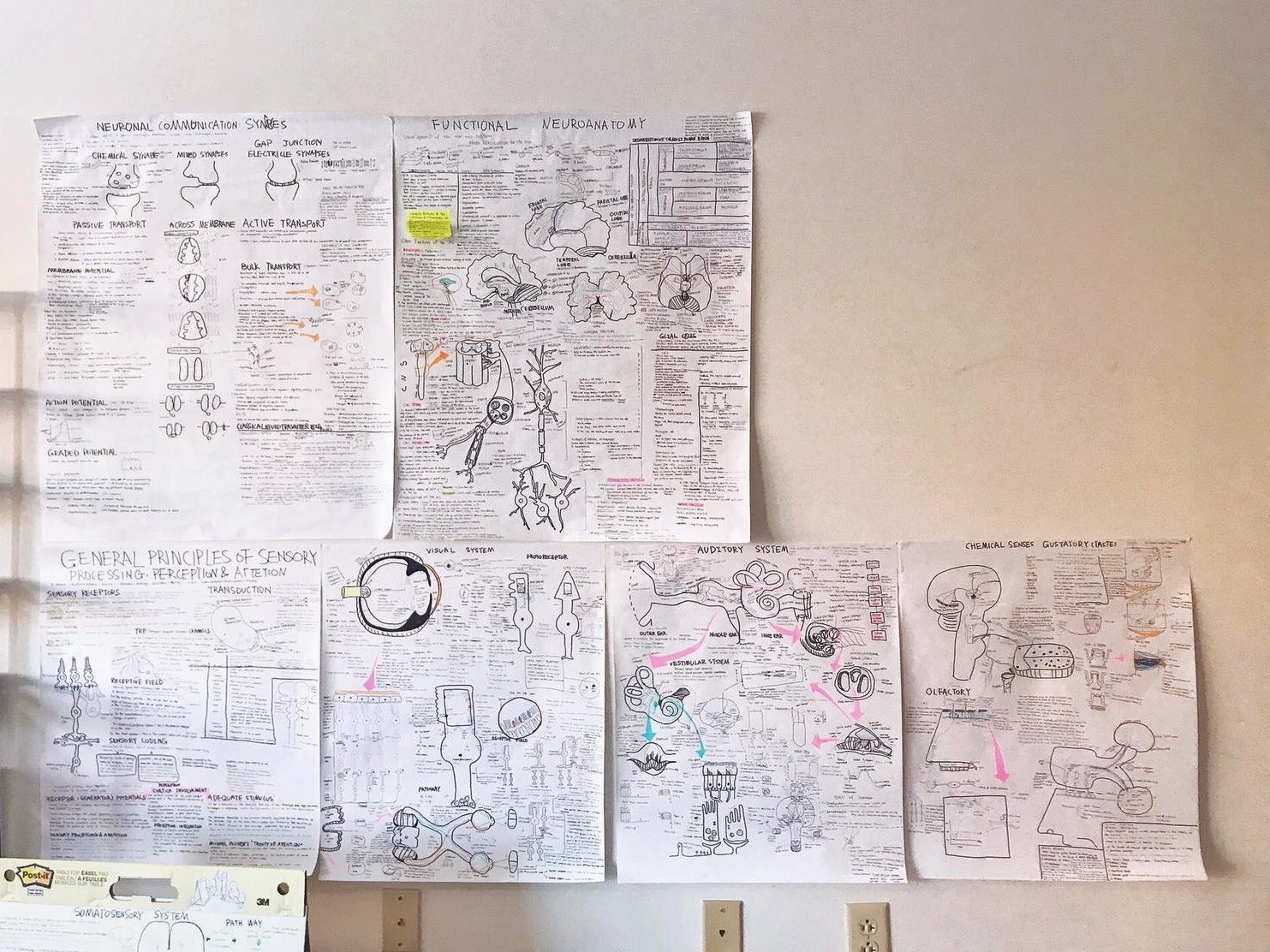Yisha Zhao
 + Enlarge
+ Enlarge
 + Enlarge
+ Enlarge
Statement
I was born left-handed, but my teachers forced me to use my right hand starting in first grade. My PreK-12 education in China was the typical standardized education. It was like an assembly line that every student should be the “same.” To be a “good student,” I tried to be a right-handed person, but when I wrote with my right hand, everything I wrote was backward during my first two years in elementary school. Art became my favorite and best subject ever because it was the only time I could use my left hand while at school.
Art plays an essential role in my life. I became an active learner as I employed my strength in visual arts to other subjects when I was in college. This is why I believe art can bring out students’ innate capabilities and help students to find innovative ways to approach other concepts.
For my MAT thesis, I created the installation called ‘Inside out’ with the idea that the art can stimulate potentials in the human brain. The installation is like one network that ties experience, feelings, knowledge and ideas within our brain and body. The dazzling red of thread symbolizes the active communications between cells and neurons, and the web structure relates to veins, nerve cords and even to the connections between people, such as teacher-student relationships.
This piece relates my research and teaching practice that art, as one of the first impressions in the human brain and an interdisciplinary realm in education, can be integrated into other concepts to improve student learning and benefit all types of learners. It speaks beyond nationalities, ethnicities, socioeconomic backgrounds and cultures. Teachers should focus more on students’ inner cognitive development instead of academic scores.







